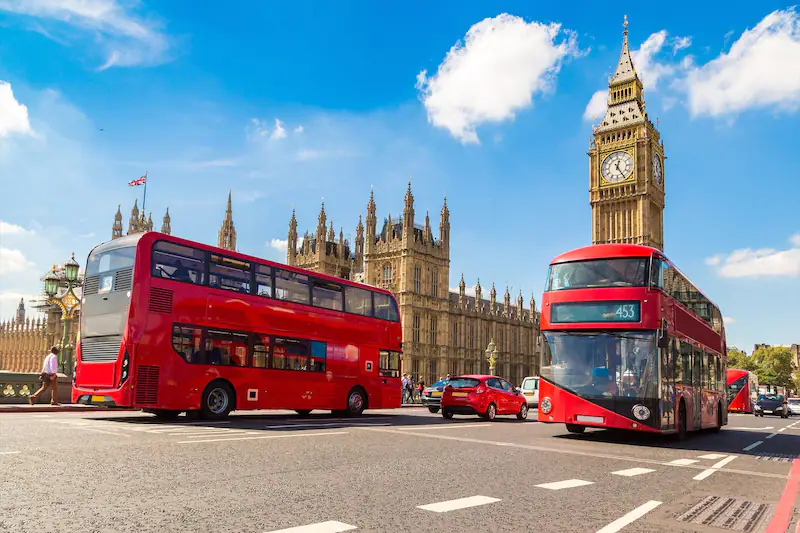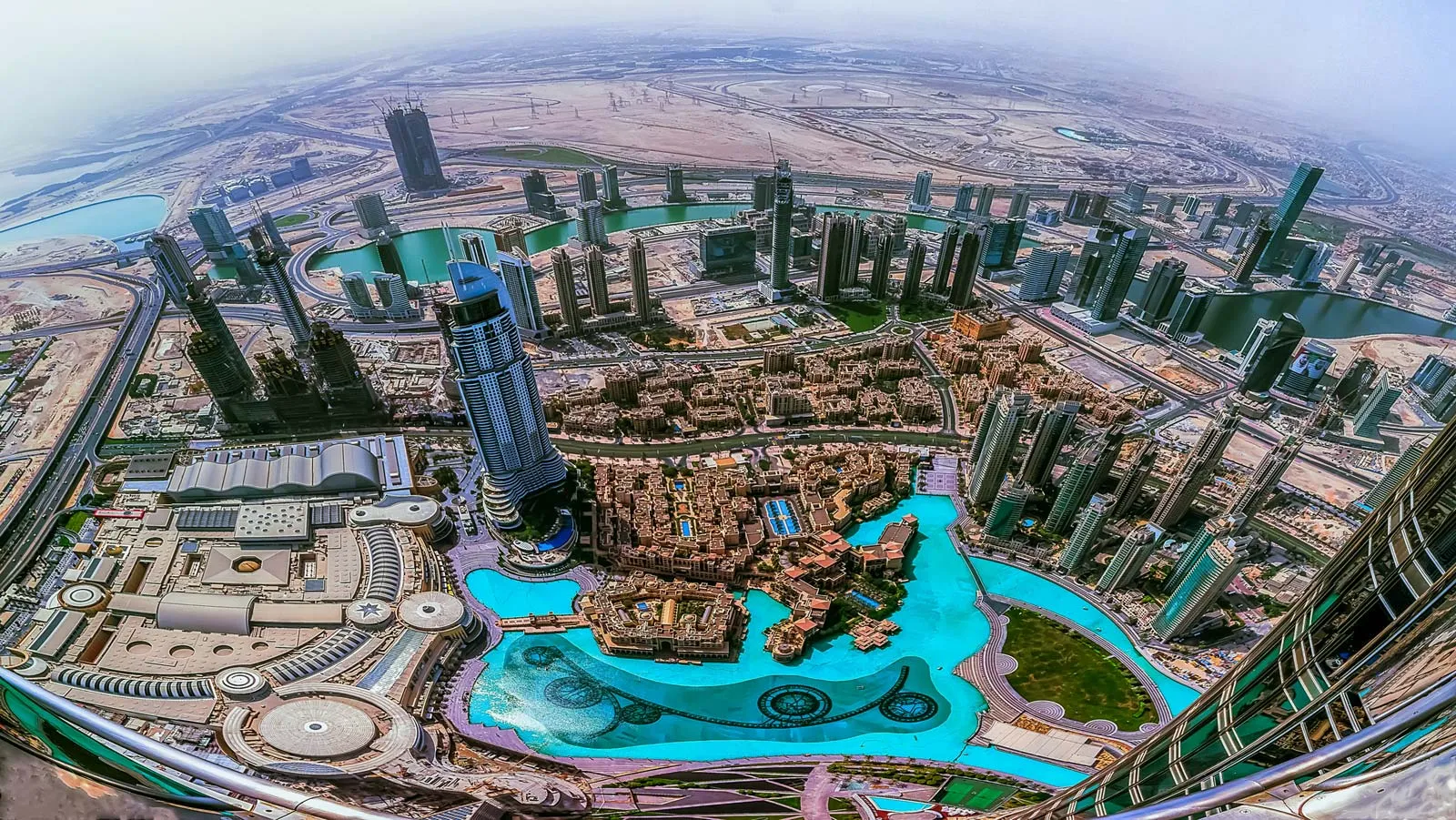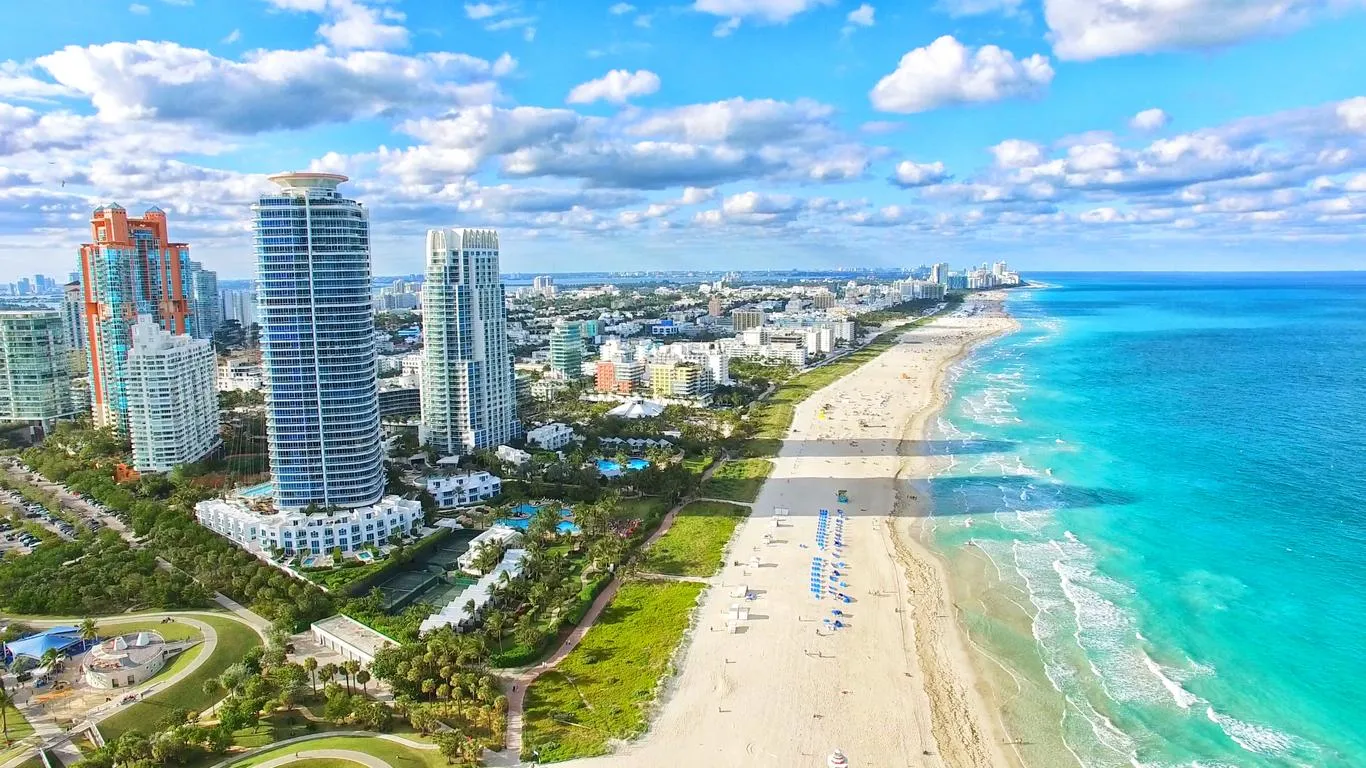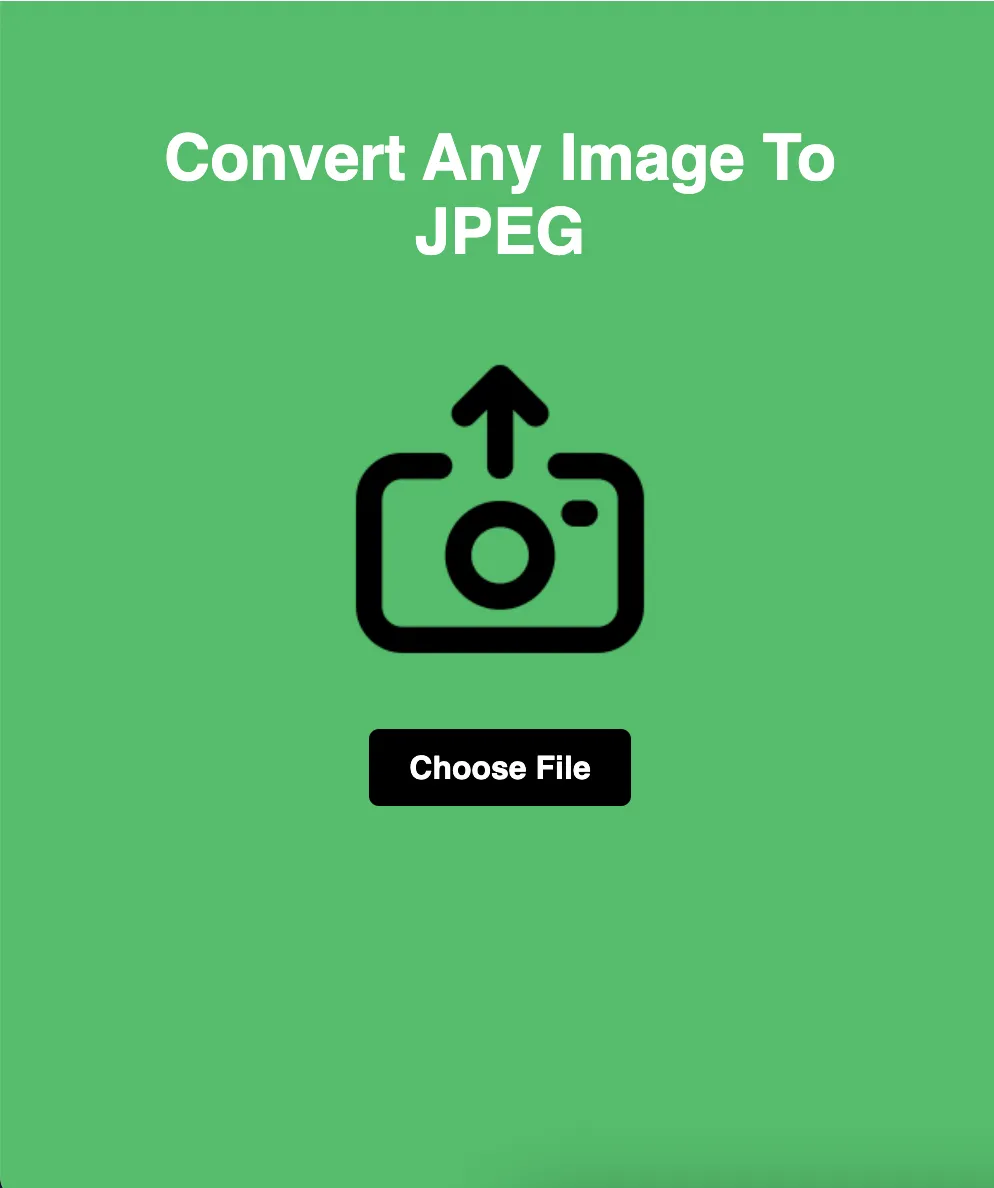
JPEG vs BMP: Exploring Differences and Ideal Use Cases
Among the multitude of options available, JPEG and BMP stand out as popular choices, each with its own unique characteristics and applications. In this blog, we'll delve into the differences between JPEG and BMP formats, exploring their use cases, strengths, and weaknesses to help you make informed decisions when it comes to image selection and optimization.
Understanding JPEG and BMP:
Before we delve into the comparison, let's briefly introduce JPEG and BMP formats.
JPEG (Joint Photographic Experts Group):
JPEG is a widely used image format known for its efficient compression algorithms and versatility. It is the standard format for photographic images on the web and offers a balance between image quality and file size. JPEG compression is lossy, meaning it discards certain image details to reduce file size while maintaining acceptable visual fidelity. JPEG files are compatible with a wide range of devices and software applications, making them suitable for various digital imaging tasks.
BMP (Bitmap):
BMP, also known as Bitmap, is a raster graphics image format commonly used in Windows operating systems. Unlike JPEG, BMP is uncompressed, meaning it retains all image data without any loss of quality. BMP files are characterized by their large file sizes and lack of compression, making them less suitable for web use and digital distribution. However, BMP images offer high-quality reproduction and pixel-by-pixel accuracy, making them ideal for applications where image fidelity is paramount, such as printing and graphic design.
Comparison of JPEG and BMP:
Compression Efficiency:
JPEG: Excels in compression efficiency, offering significantly smaller file sizes compared to BMP. JPEG compression reduces file size by discarding certain image details, resulting in high-quality images with relatively small file sizes. This makes JPEG files ideal for web use, digital media, and applications where file size is a concern.
BMP: Does not employ any compression algorithms, resulting in larger file sizes compared to JPEG. BMP images retain all image data without loss of quality, but this comes at the cost of larger file sizes. BMP files are less suitable for web use and digital distribution due to their larger file sizes and slower loading times.
Image Quality:
JPEG: Provides high-quality images with acceptable visual fidelity, especially at lower compression levels. However, JPEG compression may introduce artifacts and image degradation, particularly at higher compression levels. While JPEG files offer good image quality for most applications, they may not be suitable for tasks requiring lossless reproduction or pixel-perfect accuracy.
BMP: Offers superior image quality with pixel-by-pixel accuracy and no loss of detail. BMP images faithfully reproduce the original image without any compression artifacts or degradation. This makes BMP files ideal for applications where image fidelity is critical, such as printing, graphic design, and archival purposes.
Compatibility:
JPEG: Widely supported by web browsers, image viewing software, and digital devices, JPEG is the de facto standard for photographic images on the web. JPEG files ensure seamless compatibility across various platforms and devices, making them accessible to a wide audience.
BMP: Primarily used in Windows environments, BMP files may have limited compatibility with other operating systems and software applications. While BMP images can be viewed and edited in many graphic design programs, they are less commonly used for web graphics and digital media due to their larger file sizes and lack of compression.
Use Cases:
JPEG: Recommended for web graphics, digital media, and photographic images where a balance between image quality and file size is required. JPEG files are suitable for web use, social media, digital photography, and online publishing, offering efficient compression and broad compatibility.
BMP: Ideal for applications requiring high-quality reproduction, pixel-perfect accuracy, and lossless image compression. BMP images are commonly used in graphic design, printing, and archival purposes, where image fidelity is paramount and file size is not a limiting factor.
Conclusion:
In the comparison between JPEG and BMP, both formats offer distinct advantages and cater to different use cases and preferences. JPEG excels in compression efficiency, compatibility, and versatility, making it suitable for web use, digital media, and online publishing. On the other hand, BMP provides superior image quality, pixel-by-pixel accuracy, and lossless reproduction, making it ideal for graphic design, printing, and archival purposes. By understanding the differences and capabilities of both formats, you can choose the most suitable option for your specific needs and optimize your digital imagery for maximum impact and performance.






